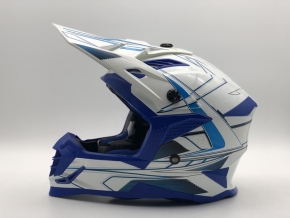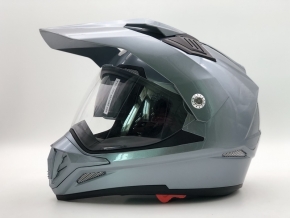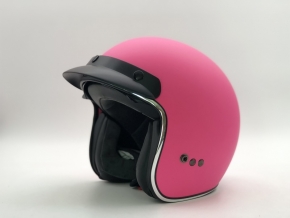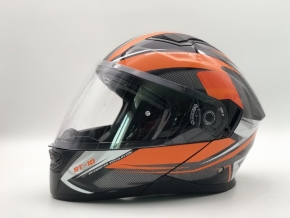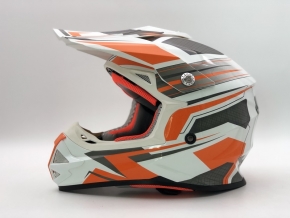Electric vehicle helmet The main function is to protect the life safety of passengers by absorbing the impact force of collision in the event of a traffic accident. Most helmets produced by manufacturers of electric vehicle helmets are equipped with foam type inner liner buffer layer to further reduce accident damage. There are roughly two kinds of materials used by manufacturers to make helmets, namely polycarbonate and composite materials (such as carbon fiber), Do you know how to make helmets? Next, the manufacturer of electric helmets will briefly summarize the manufacturing process of electric helmets.
Production procedures of electric vehicle helmet manufacturers
The production of helmets can be roughly divided into four steps: helmet shell production, hat core lining production, polishing/coating treatment, assembly and packaging.
Manufacturing of helmet shell
Copolyester material has better impact resistance and thermal resistance than ABS resin (acrylonitrile styrene butadiene copolymer). On the other hand, this material can also be better used with environmentally friendly water-based paint. The resin is injected into the helmet shell mold machine in liquid state, and is formed by kneading the parent mold. Each helmet mold is also planned through CAD/CAM model for different sizes. The mold used to make the helmet has a service life. Each new helmet will eliminate a batch of molds. Each helmet mold takes about 60 seconds from injection to molding.
Manufacturing of cap core
With EPS (expandable polyethylene propylene) helmet fabric, EPS is not only cheap and light, but also a good head maintenance material. In fact, one of the differences between an ordinary helmet and a high-quality helmet is the quality of polyethylene propylene. For example, some helmet manufacturers use the same polyethylene propylene material to make the entire fabric, while others develop polyethylene propylene fabrics of different thickness, strength and shape specifically for use and modeling. After the molding of helmet fabric mold is completed, there will be many holes and channels planned in the helmet mold, which are intended to be used for heat dissipation, drainage, pressure release, etc.
Grinding and coating treatment
In the process of polishing electric vehicle helmets, some manufacturers adopt mechanized processes, while others still maintain manual means to deal with them. After the surface is treated, the helmet will be painted and decalized. The decal is designed and printed by the computer and manually pasted. Finally, the polished helmet is basically completed.
Assembling and packaging
The electric vehicle helmet manufacturer will assemble the helmet accessories after the above processes are completed. After random sampling inspection, the process of packaging is over.
The last thing to say is that no matter whether there is an accident or collision, the helmet of the electric vehicle should be replaced every three to five years. Because, although the helmet is not damaged, the sun exposure and sweat erosion will also make the safety harness and lining aging, which will weaken the surrounding fit performance and reduce the protective performance of the helmet.




